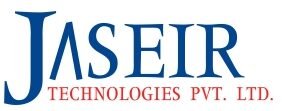Website optimization ensures that the loading speed, traffic, and conversion rates of a website improve. In this WordPress performance optimization case study, we discuss why websites need to be optimized and how we did so on a couple of our client websites.
DIFFICULTIES WITH NON-OPTIMIZED WEBSITES
- Bounce rate and sales are directly affected by slow page load times:- The speed of a web page can have a significant impact on business conversion rates. Greater speed confirms a better user experience and, as a result, higher conversion optimization.
It takes longer for mobile data connections to load. Working from home or the office may be more convenient. However, with the increasing use of mobile devices and, as a result, their data connectivity, the slow page load factor can have an impact on the number of visitors. - Problems with image download:- It is common knowledge that larger images take longer to load. As a result, the page’s overall speed is reduced.
- Effect on SEO:- In addition to all of the factors that contribute to a website’s ranking in search engines, Google announced in 2010 that the speed with which the page loads will be considered as a ranking factor.
- Visitors are fewer, and as a result, revenue is lower:- According to the data in the Psychology of Web Performance article, the tolerable wait time (twt) for page load is about 5-8 seconds. After that, the dissatisfied visitor exits your website. Reduced traffic to your website will have a direct impact on your conversion rates.



